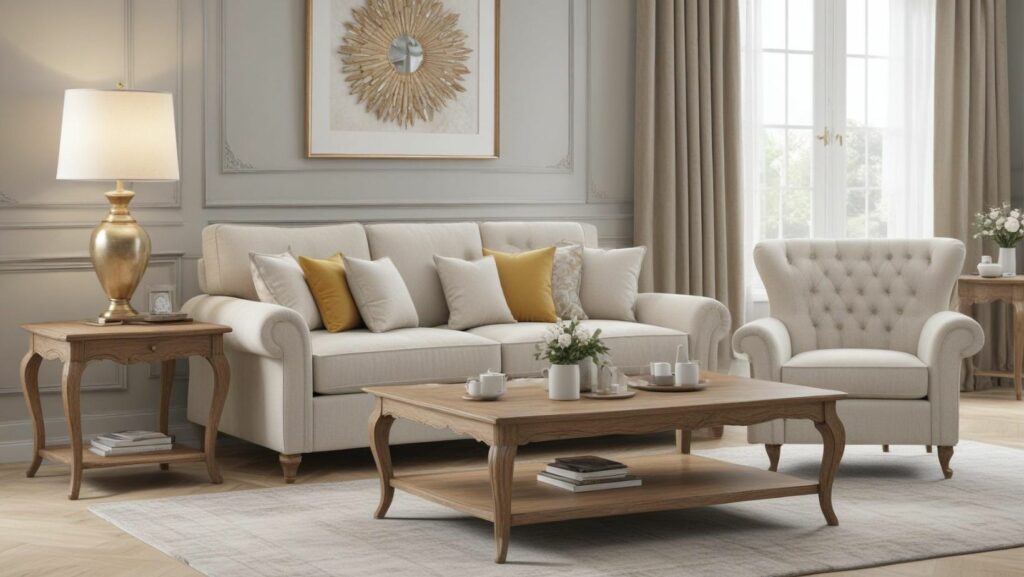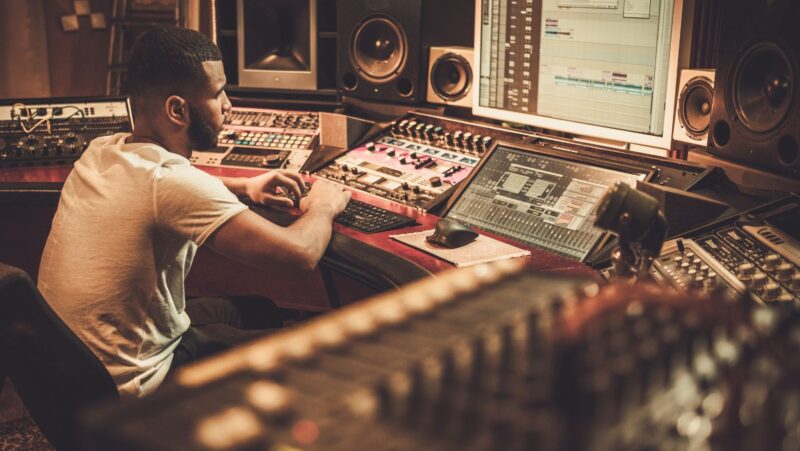
When you’re browsing an online furniture catalog, you probably assume you’re looking at photos of the actual products. However, that’s not always the case these days. More often than not, what you’re seeing are digital twin furniture pieces—essentially photorealistic 3D furniture renderings.
Furniture manufacturers are increasingly turning to specialized furniture rendering studios. At first glance, this might seem like a purely marketing-driven decision. But there’s more to it than meets the eye. These 3D renderings play a crucial role in kicking off the production process for the final products. Curious about how that works?
In this article, we’ll dive deep into the world of 3D furniture rendering. We’ll explain what it is, the different types that exist, and how this service can benefit your business.
What is Photorealistic 3D Furniture Rendering?
Photorealistic furniture rendering is all about creating lifelike digital simulations of furniture pieces. This could be anything from a plush leather sofa to a sleek glass table with metal legs. Modern 3D furniture rendering technology is so advanced that these digital creations often look indistinguishably real at first glance.
How Does the Process Work?
Creating a 3D model of furniture involves several key steps:
- Model Creation. It starts with designing a digital 3D model. This model is built based on detailed parameters, drawings, and design specifications of the furniture piece.
- Rendering. Next comes the rendering phase. Here, artists construct the scene by setting up the lighting, applying realistic textures to the model, and positioning the virtual camera.
- Presentation. Finally, the rendered furniture can be showcased in different ways. It can be placed against a plain white background, much like a photography studio setup, or integrated into a room’s interior or an outdoor setting if it’s meant for the lawn.
5 Reasons to Choose Photorealistic Furniture Renderings
Visuals That Resemble Photographs
The primary goal of 3D furniture rendering is to create images that are indistinguishable from actual photographs.
This capability became especially valuable during the Covid-19 pandemic in 2020 when organizing traditional photo shoots was challenging. By 2023, many companies have realized that 3D rendering not only matches the quality of photography but also offers numerous additional benefits. Let’s explore these advantages in more detail below.
Budget-Friendly Simplicity
Today, 3D furniture rendering services are more cost-effective than traditional photo shoots. Consider how many logistical and organizational steps you can avoid by opting for a furniture rendering studio. There’s no need to rent a studio or warehouse, recreate interiors, transport furniture to the set, hire a photographer, dismantle the setup, or do post-processing. Instead, you can simply send all the initial 3D data online to an artist. They can handle everything from their computer—cheaper, faster, and at a larger scale.
Faster Turnaround
Not only is realistic furniture rendering more affordable and simpler, but it’s also much quicker. Traditional photography involves multiple stages of preparation, from setting up to taking the actual photos. In contrast, creating a 3D image of furniture only requires a few key programs: Blender, 3Ds Max, Corona Renderer, and Photoshop. A CGI artist doesn’t need to spend hours adjusting lights or climbing ladders for the perfect shot.
Moreover, the more initial data the furniture company provides to the rendering studio—like drawings, drafts, mood boards, references, texture samples, or even pre-made 3D models—the faster the rendering process will be. This streamlined workflow drastically reduces the time needed for edits and final touches.
Visualize Before Production
For furniture companies just entering the market, showcasing products before they go into production can be incredibly convenient. Often, new manufacturers don’t have enough physical products to show potential buyers. However, by using 3D furniture renders, you can create a virtual store filled with an unlimited number of items. These photorealistic images can be uploaded to your online marketplace, allowing customers to explore your offerings even before they are physically available. This approach is also highly effective for companies launching a new furniture collection, enabling them to generate interest and secure pre-orders without the need for extensive inventory upfront.
Unlimited Variations
One of the biggest advantages of 3D furniture rendering is the ability to create countless variations of a single item. Take a wooden bed as an example. With a few clicks, a 3D artist can change the color or texture of the wood while maintaining multiple camera angles. This is especially useful for custom furniture in online stores, allowing customers to choose the material and finish that best matches their preferences..
Freedom for Creativity
Beyond static images, you can showcase your products using animations, 360° panoramas, or virtual tours.
- Animation: This involves creating an engaging, atmospheric video where the camera moves smoothly, allowing customers to see the product’s texture and details up close. Dynamic editing adds artistic value, resulting in a bright and memorable animation. Such animations, especially in the Reels format, can reach thousands of viewers on Instagram and other social networks.
- 360° Panoramas and Virtual Tours: These tools offer excellent interactivity between the customer and the furniture. Customers can explore the product from any angle, customizing their view instead of being limited to preset camera positions. This feature enhances their ability to plan and visualize the product in their space.
If you’ve already invested in rendering furniture in various room setups and compelling 3D lifestyles, adding an animation or virtual tour is easy and affordable. The scene is already prepared; the visualizer only needs to adjust the camera choreography or 360° projection settings. This added feature provides a richer, more interactive experience for your customers.
Conclusion
Today, the furniture business has more avenues than ever to advertise and sell its products. This includes not only the rise of online catalogs and marketplaces but also innovative methods for creating furniture images. Modern digital 3D rendering technologies streamline this process, making it faster, more cost-effective, and opening up new possibilities for furniture companies. Now, businesses can launch successful marketing campaigns even before their products are fully manufactured. Space and time are no longer barriers. With 3D furniture rendering services, furniture can be showcased in any configuration of materials, colors, designs, environments, and locations imaginable.












